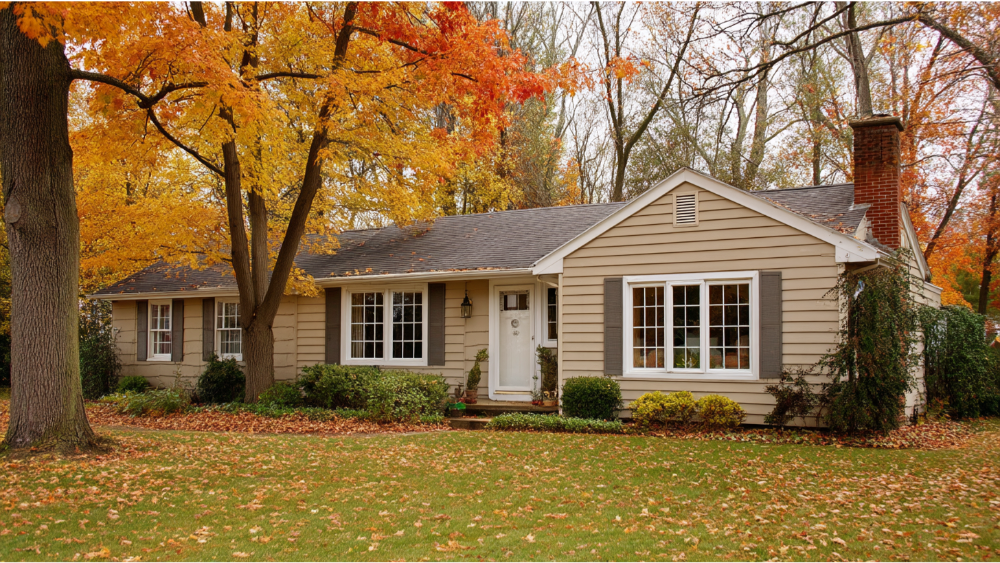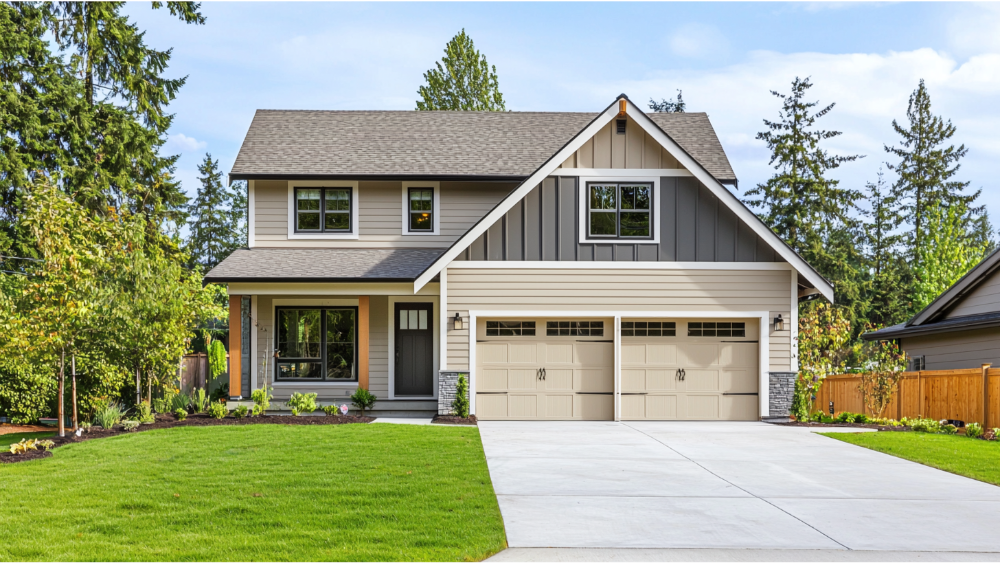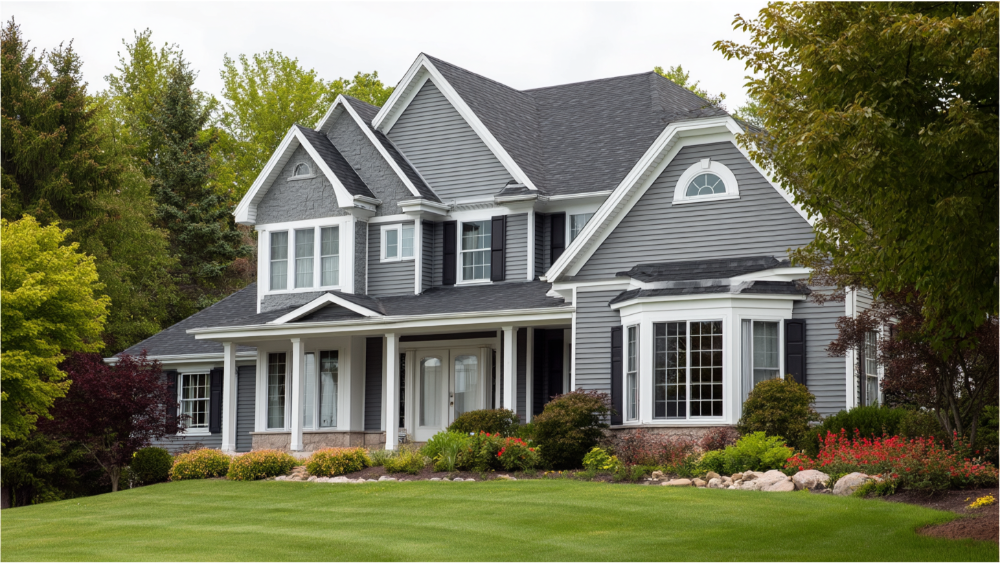How To Clean Window Sill...
- Mon to Fri: 09:00 am to 07:00 pm

If you’re thinking about upgrading your home’s exterior, replacing old siding is one of the most valuable improvements you can make. New vinyl siding can refresh your home’s appearance, increase energy efficiency, and reduce long-term maintenance.
But before making the investment, most homeowners want to know one thing: what’s the actual cost?
At Pro Superior Construction, we believe in clear, honest guidance. In this guide, we’ll walk you through the full picture of vinyl siding cost in 2025, including what factors affect pricing, the total cost, and how to get the most value for your home improvement budget.

Across the U.S., vinyl siding replacement generally ranges between $4 and $12 per square foot, depending on siding style, material quality, and installation needs. Here in California, especially in areas like Rocklin, Sacramento, and the Bay Area, prices tend to run higher.
For a median sized home of around 2,000 sq ft, the total cost for a complete siding replacement can range from $14,000 to $24,000. That estimate covers standard vinyl siding installed professionally, though upgrades like insulated siding, premium textures, or complex trim can push costs upward.
Most full-service siding quotes will include:
Some contractors may charge separately for certain components, so always review the fine print and ask for a full estimated cost breakdown.

The larger your home’s square footage, the more siding material and labor will be required. A compact ranch-style house will cost significantly less to re-side than a sprawling three story home with multiple angles and dormers.
For example:
If your home has features like open gable ends, multiple eaves, or a steep-pitched roof, those design elements will require more siding material and more labor, leading to higher costs.
There are many types of vinyl siding, from standard panels to architectural designs that mimic wood shakes or board-and-batten styles. Higher-end products, such as insulated siding, offer better energy efficiency but come at a higher cost per sq ft.
If you’re looking for styles with narrow strips or custom colors, this may increase your material pricing. Still, they deliver long-term value in durability and curb appeal.
Before installing new siding, most homes require removal of the existing siding. Depending on your current material, vinyl, wood, or something older, the removal cost typically ranges from $1,000 to $3,000. Heavier or damaged siding may increase the difficulty and the disposal fees.
The condition of your underlying structure also matters. If rot, moisture damage, or outdated insulation is uncovered during removal, addressing those issues adds time and cost.
The average labor cost to install vinyl siding in California falls between $2.50 and $6.00 per sq ft, depending on the installer’s experience, project complexity, and local market conditions. For a 2,000 sq ft home, labor alone can range from $5,000 to $12,000.
Labor-intensive projects, like those involving a two story or three story home, tricky elevations, or lots of windows and trim, naturally have installation costs that land on the higher side.

Fiber cement siding, such as James Hardie products, is another popular option in California. However, it comes with a higher cost, typically $10 to $14 per sq ft installed.
While fiber cement has many benefits, it’s heavier, more brittle, and generally more complex to install than vinyl. That means higher labor costs and longer timelines.
Natural wood siding is prized for its beauty and warmth. However, it requires regular upkeep and is vulnerable to termites, rot, and weathering in California’s dry heat. Despite its strong visual appeal, wood siding is rarely maintenance free and often brings higher costs in the long run.
If you’re considering wood purely for aesthetics, vinyl siding can replicate that same look in overlapping pieces with far less effort and cost.
Vinyl remains the most affordable option for most homeowners. It offers minimal maintenance, versatility, and a wide range of colors and profiles. From narrow strips for a traditional look to modern, wide-profile panels, vinyl siding gives you design flexibility without breaking the bank.
It’s also little maintenance, requiring only occasional rinsing to look its best, and no painting, ever.
According to current industry data, re-siding your home with vinyl offers a return on investment of over 80%, especially when paired with other exterior improvements like window replacement.
Adding insulated siding or pairing it with a moisture barrier can enhance energy efficiency.

Insulated siding includes a foam backing that increases durability and offers better energy efficiency, especially when paired with a moisture barrier. Standard vinyl is more budget-friendly but may not deliver the same thermal performance.
Modern vinyl siding lasts 20 to 40 years, especially when installed properly and maintained with simple seasonal rinsing. Minimal maintenance is one of its biggest advantages.
In most California cities, yes. Permit requirements and fees vary depending on your location.
If your existing siding is cracked, warped, bubbling, or showing signs of mold, it’s likely time for replacement. Older siding can also lose its protective qualities. During our inspection, we assess both the visible panels and the underlying structure to determine if re-siding is necessary.
Insulated siding is a step up from traditional vinyl panels. While the average cost of insulated siding is higher than standard panels, it can lead to better energy efficiency, lower HVAC usage, and even a quieter indoor environment.
New siding dramatically improves your home’s visual appeal, but the benefits go well beyond looks. It also:
Yes, you can install vinyl siding if you have construction experience. Most DIY installations run into issues around corners, soffits, or J-channels, especially on two story homes or homes with open gable roofs.
Labor costs vary depending on the complexity of your home and local market rates. In Northern California, where we operate, the average labor cost to install vinyl siding ranges between $2.50 and $6.00 per square foot.
Factors that can raise labor costs include:
The average cost to replace vinyl siding in 2025 ranges from $7.00 to $12.00 per sq ft in California. For a median sized home (around 2,000 sq ft), you’re looking at a total cost between $14,000 and $24,000, depending on:
When properly installed, vinyl siding lasts between 20 to 40 years. Upgraded materials like insulated siding often last longer and resist UV fading, cracking, and warping.
Routine care is usually all that’s needed. It’s one of the most maintenance free siding materials available.
Yes, especially if you choose insulated vinyl siding and pair it with a high-quality moisture barrier. This combination helps seal air gaps, reduce heat transfer, and maintain a more consistent indoor temperature.
Many clients report reduced heating and cooling bills within the first year after their siding upgrade.
Vinyl siding remains the most affordable option for homeowners who want durability, low maintenance, and great design choices. It costs significantly less than fiber cement or natural wood, yet still delivers strong ROI and energy-saving potential.
Choosing a straightforward style in a standard color helps keep installation costs lower, while upgrades like insulated siding can be added selectively to high-exposure areas of the home.
For homeowners in Rocklin, Sacramento, and the Bay Area, replacing your siding isn’t just an aesthetic decision, it’s a practical one. Vinyl siding delivers durability, beauty, little maintenance, and long-term value.
Ready to explore your options? Pro Superior Construction provides honest guidance, certified installation, and competitive pricing on all vinyl siding styles. Let’s start with a free quote.